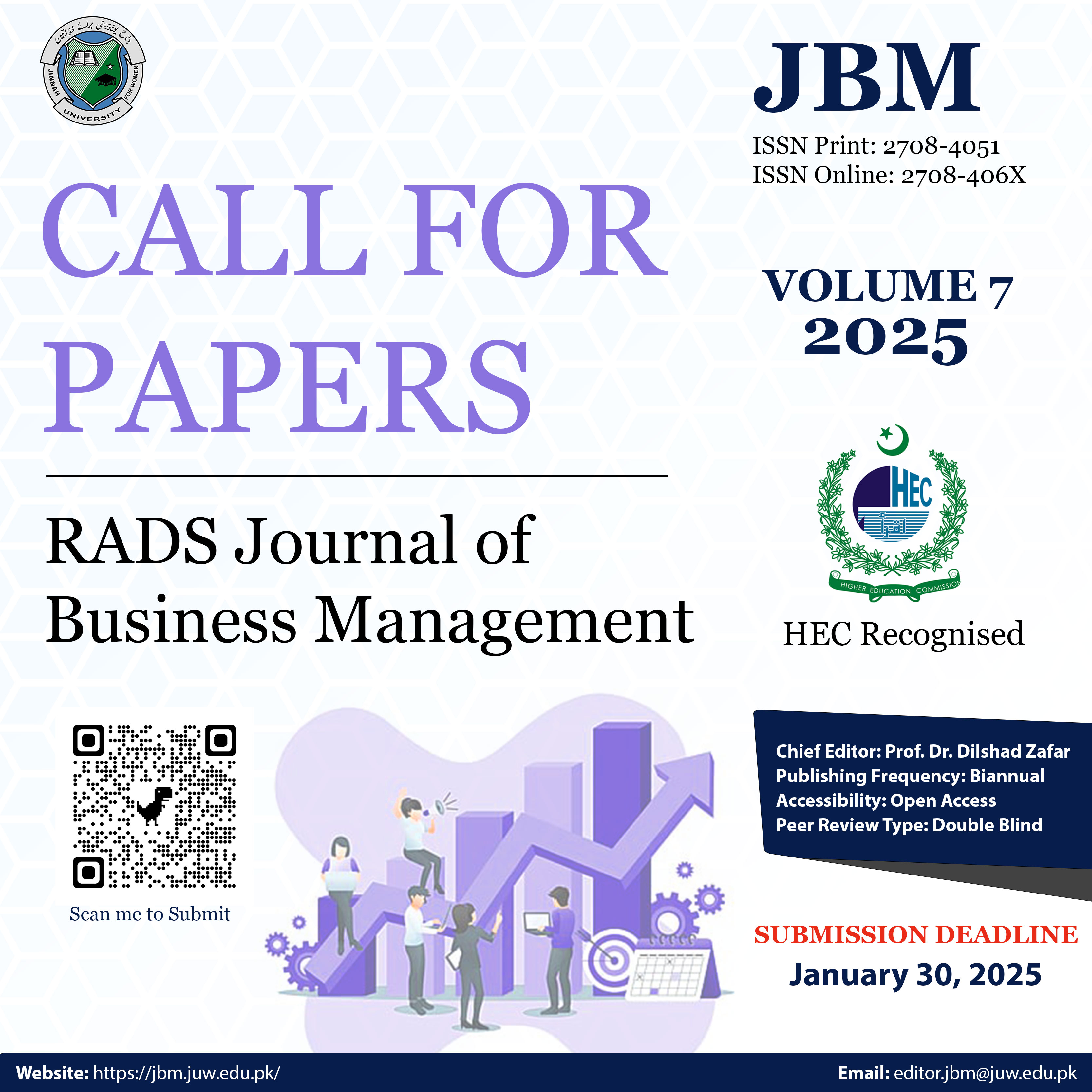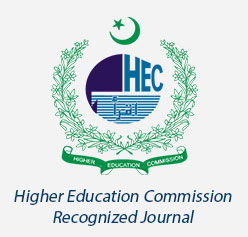The Impact of Remittances on Fertility Rate in Pakistan: New Evidence from ARDL Cointegration
Abstract
This study examines the long-term and short-term relationship between worker remittances and fertility rates by applying ARDL and ECM. Two key pathways through which the transfer of remittances affects the fertility rate are identified. In the first place, migrants tend to adopt the notions, cultures and values that existed in the host country and then pass on to their families. Second, those migrants who are closer to their families so that they can send more money to their homes. As a result, social norms can be taken as a proxy for remittances (containing fertility preferences) which are transferred from migrant to the family. Remittances are often used for education and health services. This study uses annual data from Pakistan for the period 1975-2015 and established an adverse association between remittances and fertility rates, both in the long and short run by employing the ARDL and ECM procedure. In addition, some evidence has been found regarding the transmission of social norms in recipient countries. The study also confirms that a number of socioeconomic components, namely: average host fertility rate, female literacy rate, percent of the rural population, GDP per capita and female labor force participation, affect fertility rates.
The author retains the copyright and grants the right of first publication to the journal.





